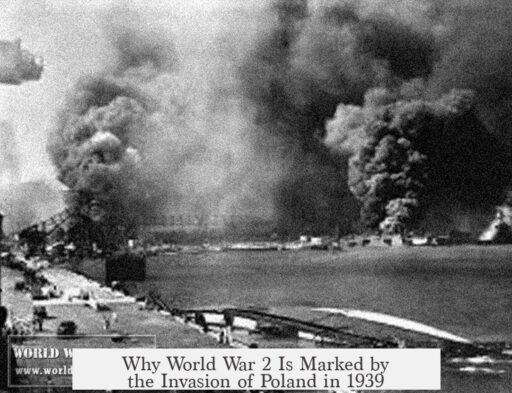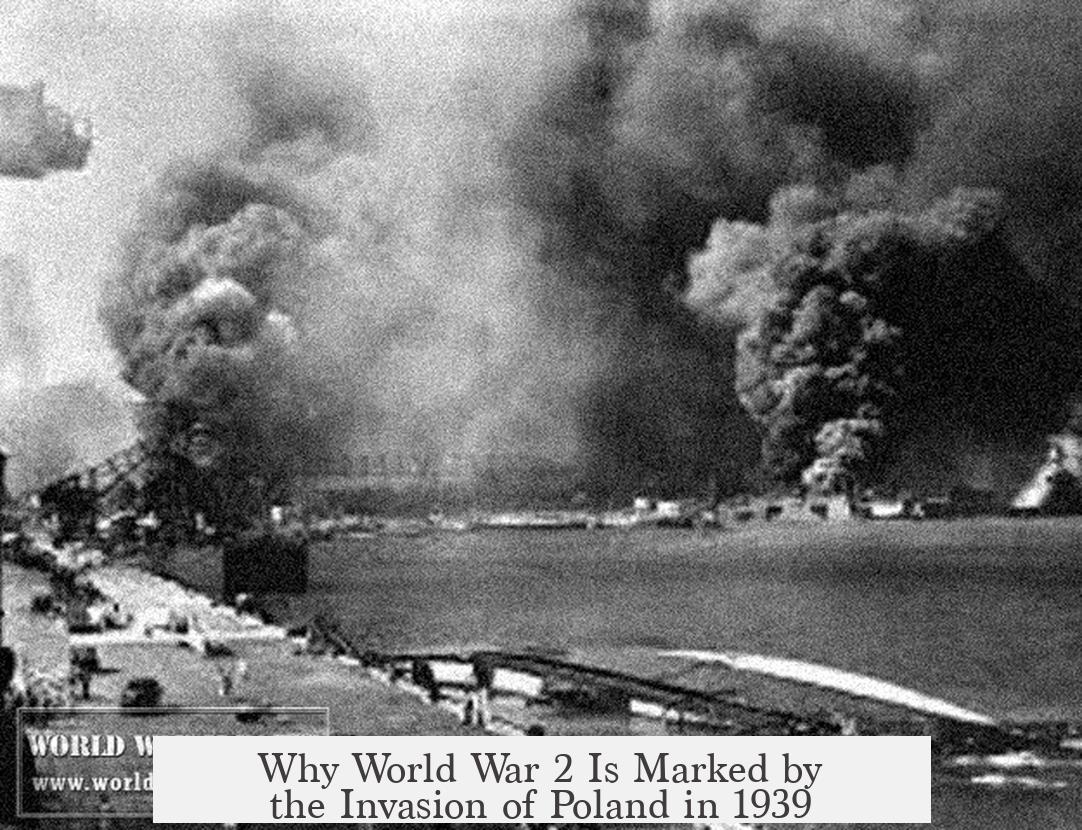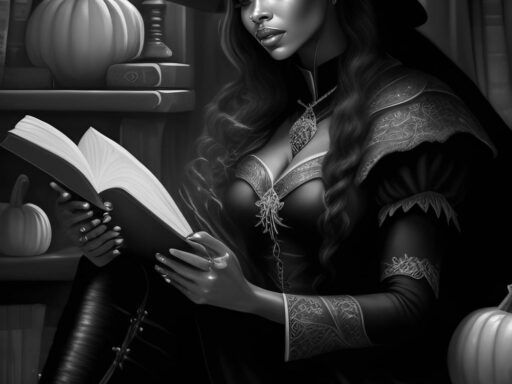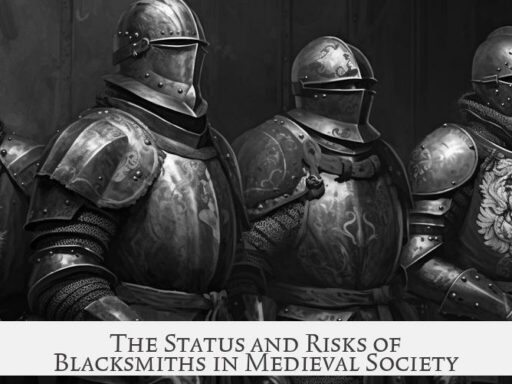The reason why World War II is said to have started in 1939 centers on the German invasion of Poland on September 1, 1939. This action triggered Britain and France to declare war on Germany on September 3, 1939, marking the first time major powers entered into direct conflict. These declarations fulfilled obligations to Poland and escalated the situation into a broader conflict recognized as a “world war.”
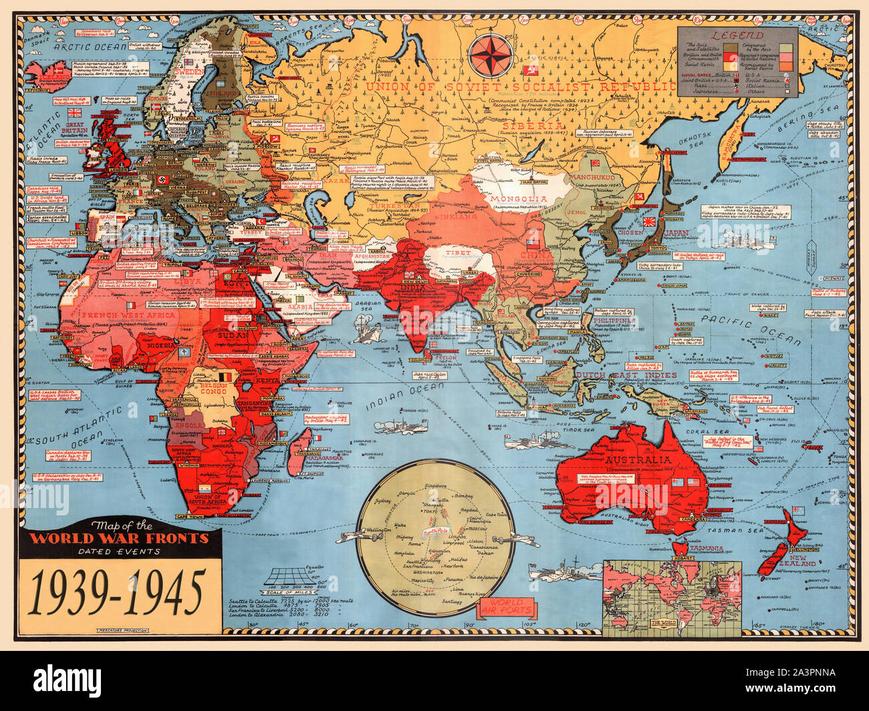
This date stands as a convention rather than an absolute start. Multiple conflicts existed before 1939, but the war involving multiple great powers began with Germany’s invasion of Poland.
Prior to 1939, Asia experienced ongoing conflict between Japan and China, commonly referred to as the Second Sino-Japanese War. This war began earlier—sometimes dated to 1937 or even 1931—but it remained largely regional, involving primarily Japan and China. Other global powers observed the conflict but did not officially enter until after the Japanese attack on Pearl Harbor in December 1941. Because China was not considered a great power at the time, and most Western nations were not involved, this war did not qualify as a world war.
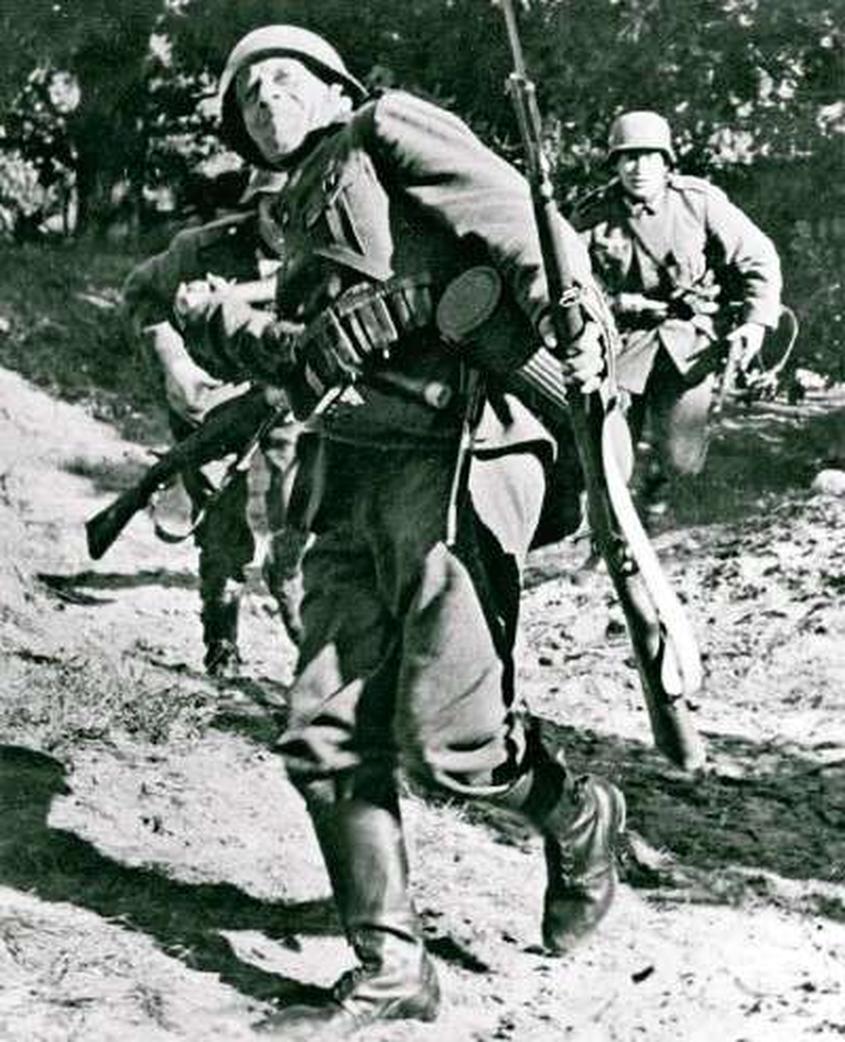
WWII, as understood in the Western tradition, focuses on the European conflict. The Eurocentric perspective is significant. It shapes which events count as the “start.” Western historians emphasize the European theater and when great powers clashed. Consequently, while Asian hostilities existed, the war’s designation as “world” begins when those Western powers entered direct combat.
The conflicts leading up to 1939 include many regional and national wars. These include the Second Italo-Ethiopian War, the Spanish Civil War, and the invasions of Albania and Czechoslovakia. These events raised tensions and contributed to the outbreak, yet the war’s official start generally excludes them. They serve as precursors rather than the defining beginning.

| Key Factors | Details |
|---|---|
| German Invasion of Poland | September 1, 1939; direct trigger for British and French declarations of war |
| Declaration of War | Britain and France declared war on Germany on September 3, 1939 |
| Major Power Entry | First time great powers formally entered the conflict |
| Earlier Conflicts | Involved regional wars predominantly in Asia (1931/1937) and other conflicts with no formal entry of great powers |
The idea of a “world war” means a war between several great powers across multiple continents. Before 1939, no such global conflagration exists, only regional disputes. The date allows historians to clearly define the conflict’s scope and point of escalation.
The war in Asia and Europe effectively started as separate wars. Asian conflicts mainly involved Japan and China, while the European war began with German aggression. These parallel conflicts joined later, notably after the Japanese attack in 1941, when the Pacific war merged with the global conflict.
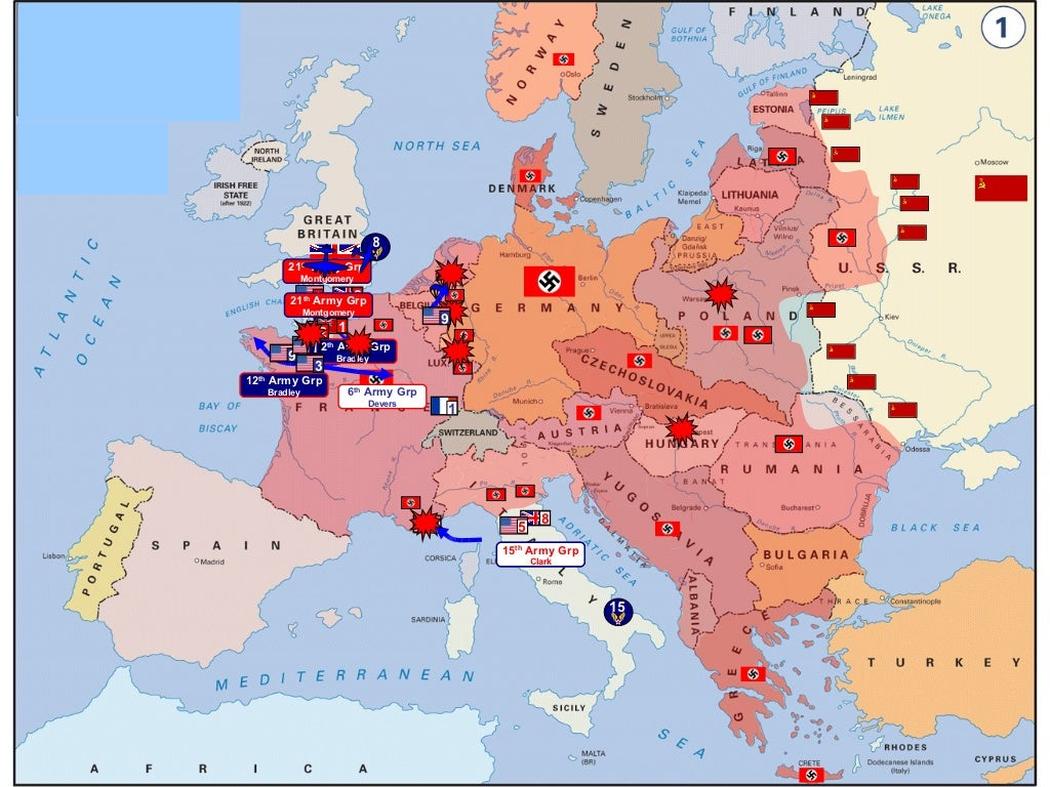
Different countries teach different start dates depending on regional history. For example, China and Japan might mark the war’s beginning from 1937 or earlier based on their involvement. Western curricula focus on 1939 because it fits the entry of major Western powers.
Other specific dates in September 1939 do not have the same global impact. Declaring September 10 as the start because of Canada’s involvement lacks the weight seen on September 1, which marks the initial military aggression by a major Axis power.
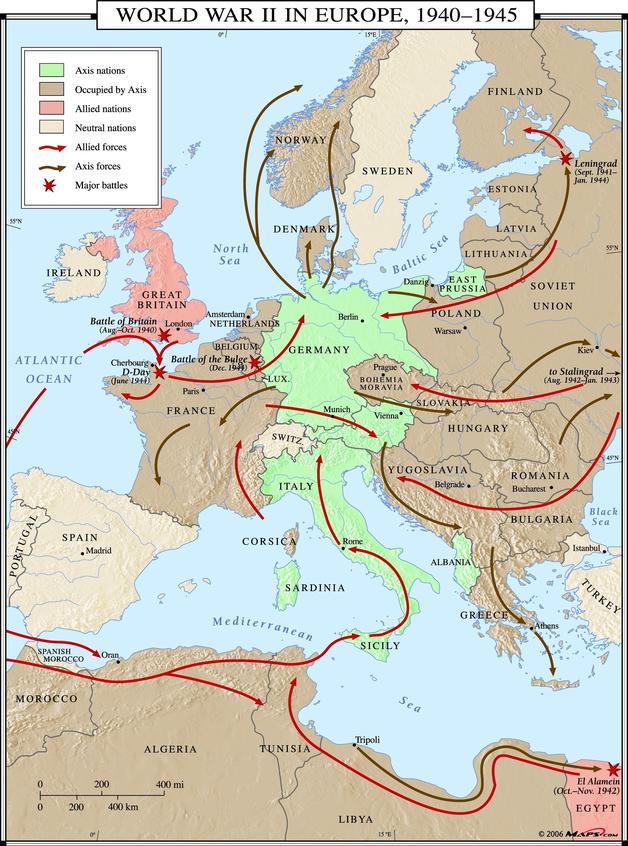
In essence, 1 September 1939 is the accepted start because:
- It marks the direct attack by Germany on Poland, a sovereign state.
- It caused Britain and France to declare war, involving top global powers.
- It shifted the conflict from regional to international, meeting the criteria of a “world war.”
This convention provides clarity to historians and educators. It distinguishes the official outbreak of global conflict from earlier, localized wars and helps frame World War II’s timeline consistently.
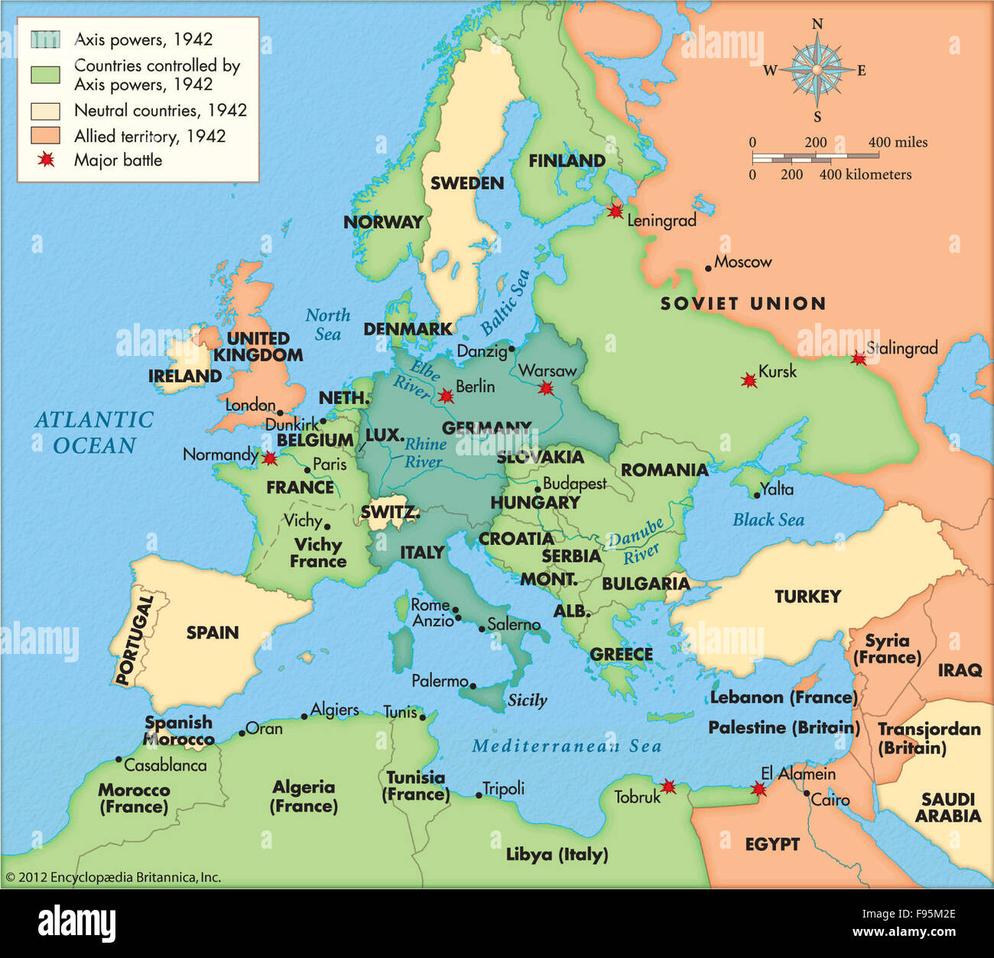
- World War II start date is designated as September 1, 1939, due to Germany’s invasion of Poland.
- Britain and France declared war on Germany on September 3, 1939, marking major powers’ entry.
- Earlier conflicts, like the Sino-Japanese War, involved fewer powers and were seen as regional.
- The war became truly global after these European declarations and later, after 1941’s Pacific conflict escalation.
- The chosen date reflects Eurocentric historical perspectives emphasizing great powers’ involvement.
Why Do We Say World War 2 Started in 1939?
World War 2 officially started in 1939 because that’s when the major European powers directly clashed, marking the first true global military conflict involving multiple great powers. But if only it were as clear-cut as setting a party date! The story behind why 1939 is the “start” of World War 2 blends politics, geography, and even a pinch of Eurocentric bias.
Let’s unravel this fascinating tangle.
Picking a Date Is a Bit Arbitrary
History isn’t always a neat timeline. The date September 1, 1939, when Germany invaded Poland, is the agreed-upon starting line, but it isn’t the only possible choice. Someone had to pick a date, and this one makes the most sense for marking when full-scale conflict between key countries began.
Think about it: wars don’t erupt overnight like fireworks. There are tensions, skirmishes, and smaller conflicts building up, sometimes for years, or even decades. So picking just one moment to say “this is the start” is always a challenge. This means while the 1939 date is a convention, it’s *not* a perfect or obvious one.
A Eurocentric Lens: Why Asia’s Earlier Wars Didn’t Count as “World War 2” Yet
You might ask, “Wait, wasn’t there fighting in Asia ‘before’ 1939? Like the Sino-Japanese War?” Right you are! Japan and China were duking it out as early as 1931, and more intensely from 1937 onwards. This conflict is often called the Second Sino-Japanese War. It’s a complex and bloody war in its own right, involving millions.
So why isn’t World War 2 traced back to 1937 or 1931 in many Western histories?
Because, frankly, until the big players of Europe and their allies jumped in, it wasn’t seen as a “world” war. The West generally meant a conflict that included multiple great powers actively battling each other. And in 1937, the war in Asia was largely a bilateral affair, even if global in impact eventually.
Thus, from a Western viewpoint, the 1939 European conflict is where the dominoes started falling for a truly global war.
World War 2: Several Conflicts Merging Into One Giant Tangle
Imagine three separate fights happening simultaneously in different rooms, then suddenly, the doors slam open, and everyone starts throwing punches at once.
At the start, World War 2 was basically three conflicts:
- The European theater, especially Germany’s aggression in Poland and beyond.
- The Asian conflict between Japan and China.
- The various smaller, precursor conflicts like the Spanish Civil War and the Italian invasion of Ethiopia.
Until December 1941, these conflicts were mostly distinct, with limited overlap. The real world war began when Japan attacked Pearl Harbor. That event pulled the United States into the fray, linking the European and Asian theaters into a truly global conflict.
Why September 1, 1939? The Invasion of Poland
The direct spark of World War 2, in the West’s eyes, is the German invasion of Poland on September 1, 1939. Germany ignored the ultimatums from Britain and France to withdraw, forcing those nations to declare war on Germany on September 3.
Here’s the kicker: the war’s official start is pinned to the event that directly triggered Britain and France’s entry. Why? Because a “world war” typically requires the involvement of multiple “great powers.” Poland, though brave, isn’t counted as a great power. But the UK, France, and later the USSR and the USA are.
By this logic, the war couldn’t be declared a world war until the big guns were involved.
What About Other Dates? And Other Countries?
Some might wonder why September 10, 1939, when Canada declared war, isn’t the official start of the war. That confusion happens because it’s easy to mix up entry points for different countries. Canada’s involvement is key but not the initial trigger.
Some also point to December 7, 1941 — when Japan bombed Pearl Harbor — as the war’s true ignition. That event expanded the war massively, drawing the U.S. fully in, but it was more of a war escalator than a starter.
The 1930s: The Lead-Up with Other Conflicts
Let’s not ignore the increasing global tensions that simmered during the 1930s. The Spanish Civil War, the Italian invasion of Ethiopia, and the annexations of Albania and Czechoslovakia all contributed to the buildup. These clashes destabilized regions and emboldened aggressive powers like Germany and Italy.
However, historians generally draw a line between these proxy fights or localized wars and the official start of World War 2. The rationale? These earlier conflicts didn’t involve the interconnected global alliances and declarations of full-scale war.
So, Why Do Dates Matter Anyway?
One might wonder, “Does it really matter when World War 2 officially began?” Absolutely! A clear start date helps historians, educators, and policymakers understand the progression of events.
It also shapes our perspective about the war’s causes, the scale of conflict, and the tragic human cost. Calling 1939 the start helps put the spotlight on how European tensions and aggressive expansions ignited a chain reaction across continents.
In Summary: The Start of World War 2 is a Story of Big Powers Entering the Ring
The phrase “World War 2 started in 1939” might seem straightforward, but behind it lies a complex narrative. Separate wars with regional focuses gradually merged as aggressive diplomacy and military actions drew in the great powers. The invasion of Poland is the moment when multiple key nations officially entered the war, turning scattered conflicts into a global tragedy.
While wars in Asia predate 1939, the global scale recognized by historians rests on the engagement of Europe’s great powers following the September 1 invasion. After all, a war confined mainly to Japan and China, however brutal, wasn’t a “world war” until others joined in.
Final Food for Thought
Next time you hear someone say World War 2 started in 1939, remember this: history is a messy web of timelines. The date helps us tell a clear story about a complicated global crisis. But the roots go wider and deeper, reaching back years before the world heard the first shots that made it a true “world war.” Would you consider the conflicts before 1939 as part of WW2, or just the opening acts? It’s a fascinating debate worth pondering.
Why is September 1, 1939, considered the start of World War 2?
September 1 marks Germany’s invasion of Poland. This attack triggered Britain and France to declare war on Germany, bringing major powers into direct conflict.
Why don’t some countries mark the start of World War 2 before 1939?
In places like China and Japan, the war’s start is dated earlier, such as 1937 or 1931, due to the Second Sino-Japanese War. Different regions focus on their local conflicts.
Why wasn’t the Sino-Japanese War initially viewed as part of World War 2?
Because it was mostly a conflict between Japan and China, with limited involvement from other great powers. A world war requires multiple major powers in conflict.
Did World War 2 really start as separate wars coming together?
Yes. There were distinct conflicts in Europe and Asia that merged around 1941, turning into one global war.
Why do historians call the World War 2 start date “arbitrary” sometimes?
Because many smaller conflicts led to it, but September 1939 was chosen as the official start since it marks the first clash of major powers directly involved.
